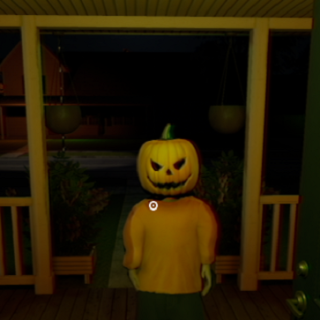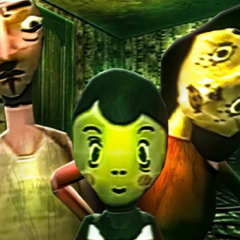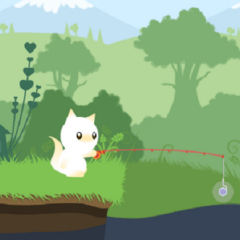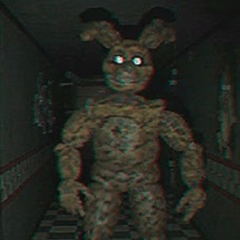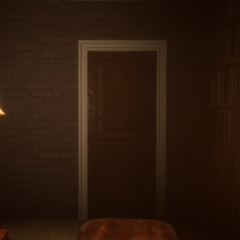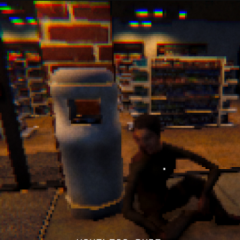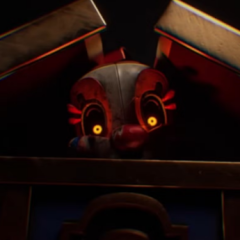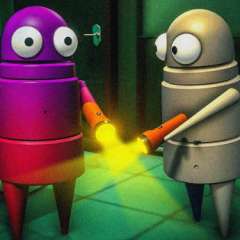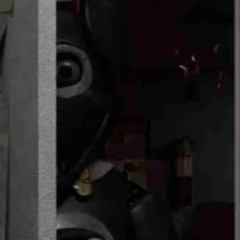One Halloween Night is a short narrative game that takes place during a quiet evening in a small house. The player expects a simple night of Halloween visitors, but the experience slowly shifts from ordinary to uneasy. The structure is built around minimal actions — walking, waiting, listening — yet every small movement affects the outcome. By limiting visual complexity and focusing on decision points, the game turns simple actions into moments of tension.
Story Setup and Atmosphere
You begin alone at home, surrounded by familiar sounds of the night. A knock on the door sets the story in motion. What seems like routine trick-or-treating soon feels strange as the people outside behave unpredictably. The game’s pacing is slow on purpose, making you question whether to act or observe. Every sound — footsteps, wind, silence — becomes part of the storytelling. Instead of relying on fear through visuals, it creates unease through timing and uncertainty.
Decision-Based Gameplay
The gameplay in One Halloween Night relies on small but meaningful decisions. You must interpret signals and decide how to respond when someone appears at your door. The key actions include:
· Choosing whether to answer or ignore each knock.
· Responding through limited dialogue choices.
· Moving between rooms to observe changes in the environment.
These interactions create short branching paths that lead to multiple outcomes. The choices appear simple, but hesitation and curiosity often lead to unexpected results. Each run lasts only a few minutes, but replaying reveals new dialogue and possible conclusions.
Themes and Interpretation
At its core, the game explores how ordinary spaces can shift meaning when trust is tested. It highlights human instinct — the conflict between curiosity and fear. The front door acts as a symbolic divide between control and vulnerability. You decide whether to maintain distance or let uncertainty in. The story also comments on loneliness and how people react when routine safety disappears.
One Halloween Night transforms a familiar holiday into a quiet psychological scenario. Its short duration hides layers of meaning about choice, attention, and personal boundaries. By focusing on what is unseen rather than shown, it achieves tension through simplicity.


